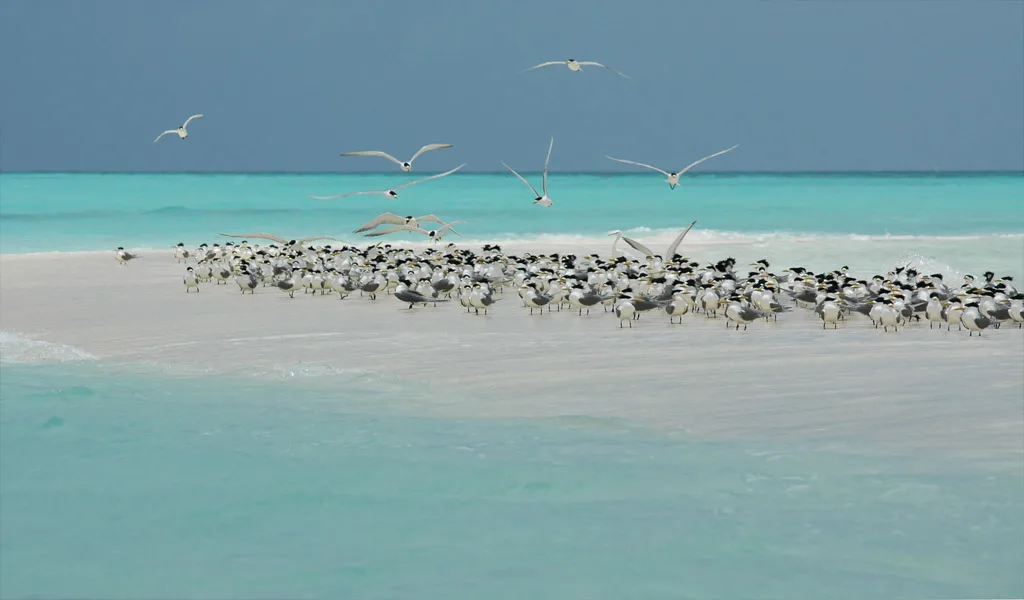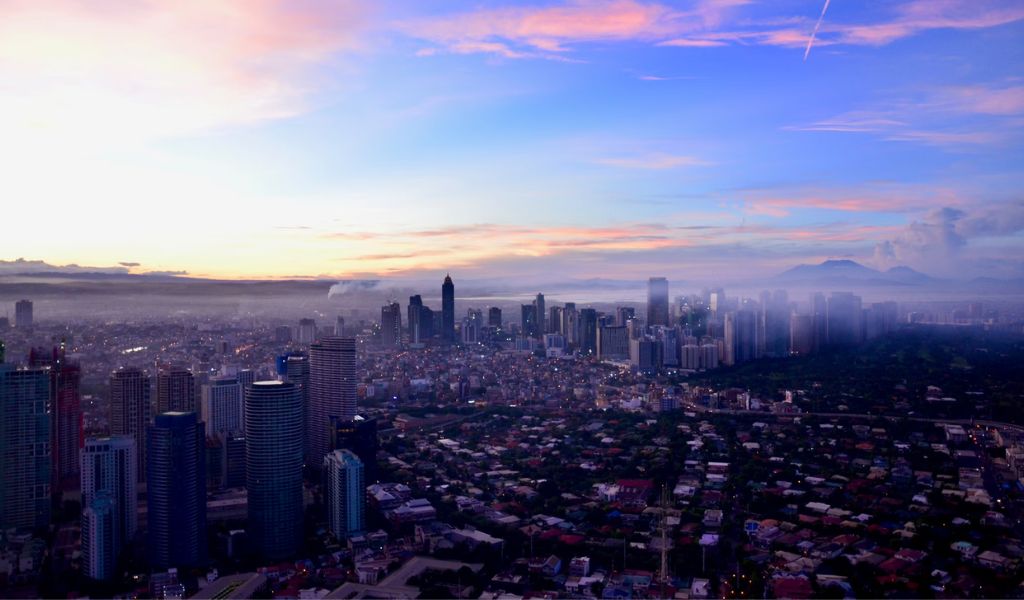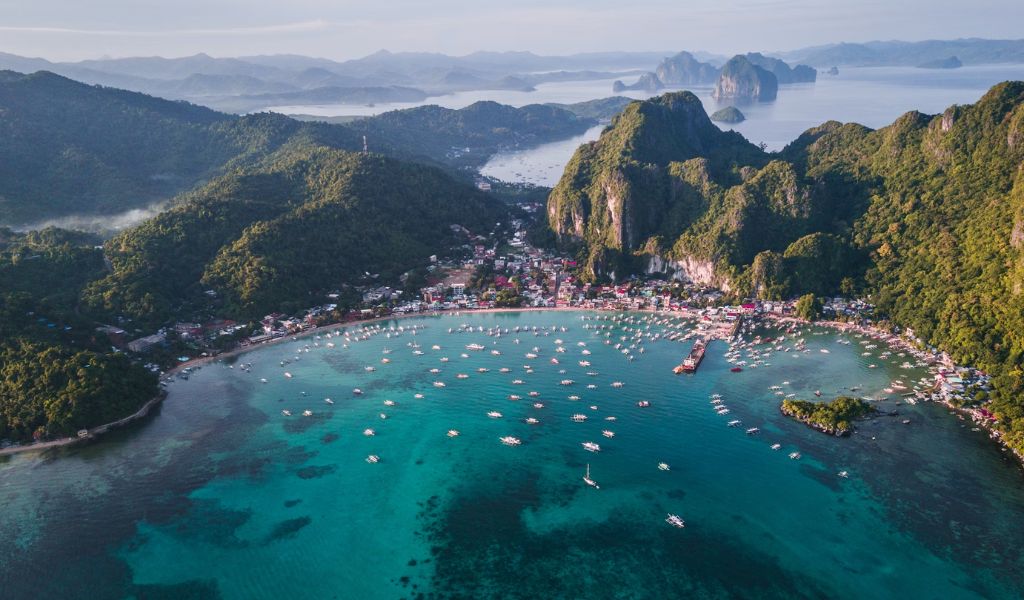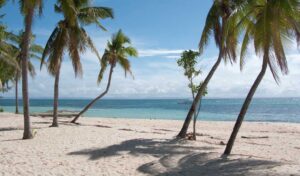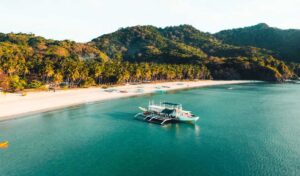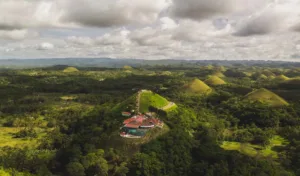A Wildlife Sanctuaries in the Philippines Introduction – A Must-Visit for Nature Lovers
The Philippines, an archipelago of over 7,000 islands, is not just known for its breathtaking beaches and vibrant cities. It’s also a sanctuary for some of the world’s most diverse wildlife.
Home to various unique species and breathtaking natural landscapes, the Philippines offers nature enthusiasts and adventure seekers an unparalleled opportunity to connect with the wild.
From the majestic Philippine eagle to the playful Philippine tarsier, the country’s wildlife sanctuaries are dedicated to the protection and preservation of nature’s wonders. Let’s embark on a wild journey as we explore the 10 majestic wildlife sanctuaries in the Philippines that you must visit.
1. Palawan Wildlife Rescue and Conservation Center
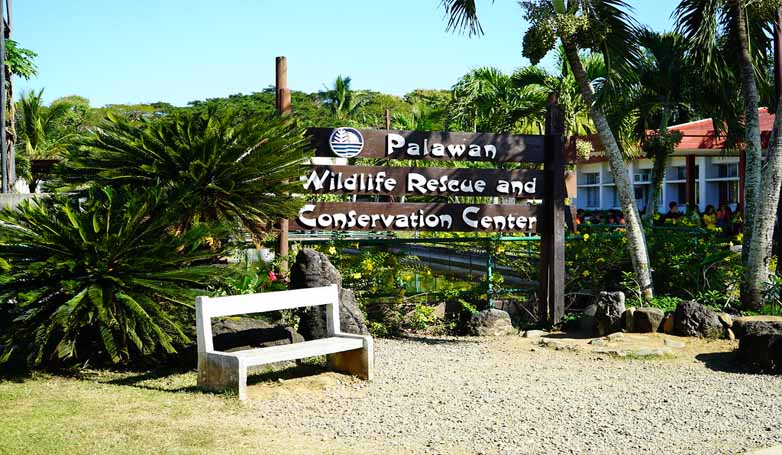
The Palawan Wildlife Rescue and Conservation Center, formerly known as the Crocodile Farming Institute, is located in Puerto Princesa, Palawan, Philippines. Established in 1987, this center serves a dual purpose: conserving endangered species native to Palawan and providing education and research facilities for wildlife conservation. It is famously home to the Philippine crocodile, a critically endangered species, alongside other wildlife such as the Palawan bearcat, deer, and various species of birds.
The center plays a pivotal role in rehabilitating and breeding programs aimed at increasing the population of these endangered species before reintroducing them into the wild, contributing significantly to the ecological balance and biodiversity of the region.
2. Tubbataha Reefs Natural Park
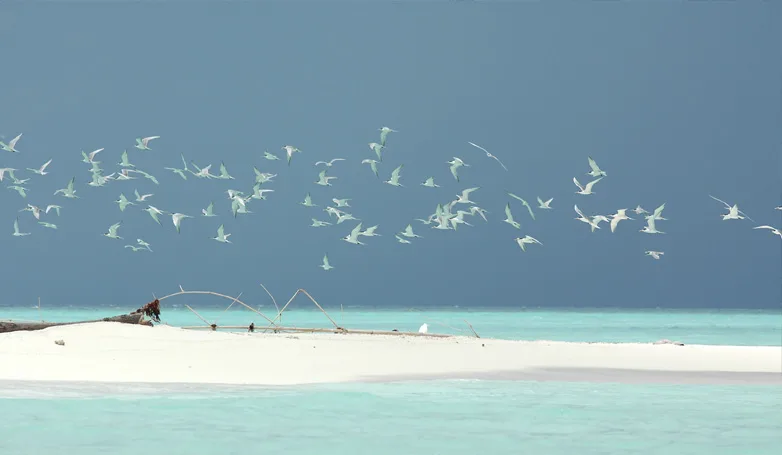
Situated in the heart of the Sulu Sea, the Tubbataha Reefs Natural Park is a protected area that is globally recognized as one of the most remarkable coral reefs on the planet. It was declared a UNESCO World Heritage Site in 1993 due to its pristine natural beauty and its high density of marine species. The park covers approximately 97,030 hectares, encompassing two atolls and a deep sea.
It serves as a sanctuary for over 600 species of fish, 360 species of corals, 11 species of sharks, and 13 species of dolphins and whales, in addition to being a nesting site for birds and marine turtles. The site is highly popular among divers for its vibrant coral walls, underwater landscapes, and abundance of marine life.
3. Olango Island Wildlife Sanctuary

The Olango Island Wildlife Sanctuary is an essential haven for migratory birds located in the Central Visayas region of the Philippines, just off the coast of Mactan Island. Established in 1992 under the Ramsar Convention as a wetland of international importance, the sanctuary spans approximately 1,030 hectares.
It provides a critical resting and feeding spot for approximately 97 species of migratory birds that travel the East Asian-Australasian Flyway, coming from as far as Siberia and Northern China to escape the winter months. The sanctuary’s vast areas of mangroves, coral reefs, and sandflats not only support these migratory species but also sustain a rich biodiversity, including resident marine and bird species.
4. Calauit Safari Park

Calauit Safari Park is a unique game reserve and wildlife sanctuary situated on Calauit Island in the northwest corner of Palawan, Philippines. Created in 1976 by virtue of a presidential decree under Ferdinand Marcos’ administration, the park was initially established to provide a sanctuary for African animals as well as local species. Covering an area of 3,700 hectares, it is home to giraffes, zebras, and various species of antelopes from Africa, alongside endemic animals like the Calamian deer, Palawan peacock-pheasant, and other native wildlife.
The park represents an unprecedented blend of African and Philippine wildlife, which has raised both fascination and controversy over its ecological impact. Over the years, it has become a tourist attraction known for its safari-like experience amidst the backdrop of Palawan’s stunning natural landscapes.
5. Ninoy Aquino Parks and Wildlife Center
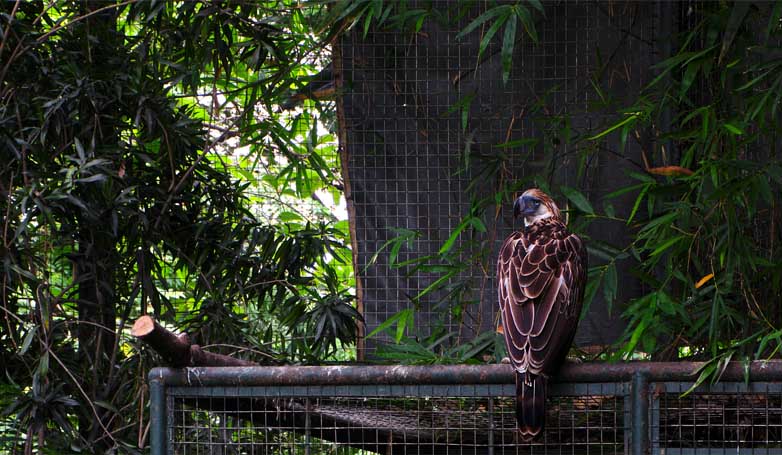
Located in Quezon City, Metro Manila, the Ninoy Aquino Parks and Wildlife Center is a 22.7-hectare government-run park and wildlife rescue center named after the late Senator Benigno “Ninoy” Aquino Jr. The center was established to provide refuge and rehabilitation for confiscated, surrendered, or rescued wildlife, featuring a variety of Philippine species including birds, reptiles, and mammals.
Beyond its role in wildlife rescue and conservation, the park offers a green oasis in the urban landscape, with its lagoon, botanical gardens, and walking trails providing a peaceful escape for city dwellers. The center also plays an educational role, raising awareness among visitors about the importance of wildlife conservation and the protection of natural habitats in the Philippines.
6. Philippine Eagle Center

Nestled at the foot of Mount Apo in Davao City, the Philippine Eagle Center functions as the principal conservation and breeding facility for the critically endangered Philippine Eagle, also known as the monkey-eating eagle. Established to safeguard these majestic raptors from the brink of extinction, the center not only breeds eagles for future release into the wild but also serves as an educational hub, raising awareness about the species and its habitat.
Covering a sprawling 8.4 hectares, the center mimics the natural habitat of these eagles, providing them a sanctuary where they can grow in numbers and strength. The site has been pivotal in the survival of the species, illustrating the profound impact of conservation efforts on preserving the natural world.
7. Tarsier Sanctuary in Corella

In the heart of Bohol, Philippines, the Tarsier Sanctuary in Corella stands as a testament to the dedication to preserving one of the world’s smallest primates, the Philippine Tarsier. This sanctuary is committed to the protection and study of tarsiers in their natural habitat, ensuring a haven for these nocturnal creatures away from the threats of habitat destruction and pet trade.
Spanning an area that allows the tarsiers to live as they would in the wild, the sanctuary not only offers a refuge for these animals but also provides an avenue for researchers and conservationists to study their behavior and ecology. Visitors to the sanctuary are given the rare opportunity to observe these elusive creatures up close, fostering a deeper understanding and appreciation for the importance of wildlife conservation.
8. Monfort Bat Sanctuary
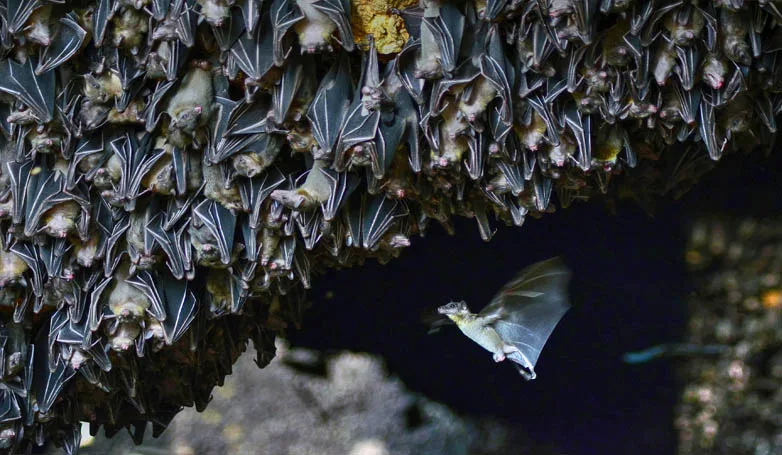
Located on Samal Island in the Davao Gulf, the Monfort Bat Sanctuary holds the Guinness World Record for the largest colony of Geoffrey’s rousette fruit bats, with millions of these creatures calling the cave system their home. The sanctuary emerged from the vision and efforts of Norma Monfort, who recognized the significance of protecting this unique bat population and their natural habitat.
The Monfort Bat Sanctuary not only conserves an essential part of the ecosystem by sustaining the bat population but also emphasizes the critical role bats play in pollination and seed dispersal for regenerating forests. Education programs and guided tours allow visitors to marvel at the spectacle of the bats’ daily dusk exodus, promoting wildlife awareness and the need for ecological preservation.
9. Mount Hamiguitan Range Wildlife Sanctuary
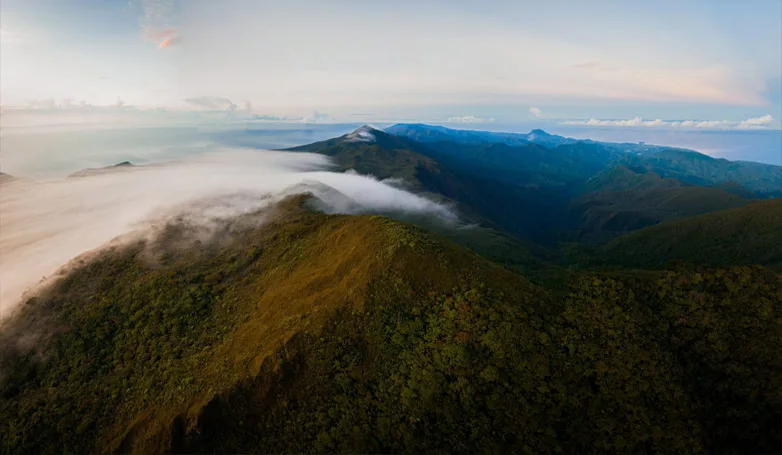
Declared a UNESCO World Heritage Site in 2014, the Mount Hamiguitan Range Wildlife Sanctuary is a bastion of biodiversity located in the province of Davao Oriental, Philippines. This sanctuary spans over 6,834 hectares of mountainous terrain, including a unique pygmy forest that showcases an incredible array of flora and fauna, some of which are found nowhere else on Earth. The range is home to critically endangered species such as the Philippine eagle and the Philippine cockatoo, making it a critical area for conservation efforts.
The sanctuary’s rich biodiversity is attributed to its wide range of elevations, which create varying climates and habitats within a relatively small area. Through rigorous protection and management, Mount Hamiguitan stands as a symbol of the intricate balance between nature and the need for its preservation.
10. Apo Reef Natural Park

Apo Reef Natural Park is the Philippines’ largest coral reef system and the second-largest contiguous coral reef in the world, lying off the coast of Mindoro Island. This marine sanctuary is renowned for its breathtaking underwater landscapes, comprising over 34 square kilometers of reef teeming with a diverse range of marine life, including sharks, manta rays, and over 500 species of marine fauna.
Recognized as a Natural Park by the Philippine government and a UNESCO World Heritage candidate site, Apo Reef is a prime destination for divers around the globe seeking to experience its pristine waters and extraordinary biodiversity. Conservation measures in place aim to protect and preserve this natural wonder, highlighting the importance of sustainable interaction with our planet’s marine environments.
The Wild Conclusion – A Call to Adventure and Conservation
Exploring the wildlife sanctuaries of the Philippines is more than just an adventure; it’s a journey into the heart of nature’s resilience and beauty. Each sanctuary tells a story of conservation, survival, and hope, inviting us to be part of the narrative.
By visiting these places, we not only witness the wonders of the natural world but also contribute to the ongoing efforts to preserve it. So pack your bags, bring your camera, and prepare to be enchanted by the majestic wildlife sanctuaries in the Philippines. Let’s make our travels meaningful by supporting these havens of nature, where the wild is welcomed, protected, and celebrated.

